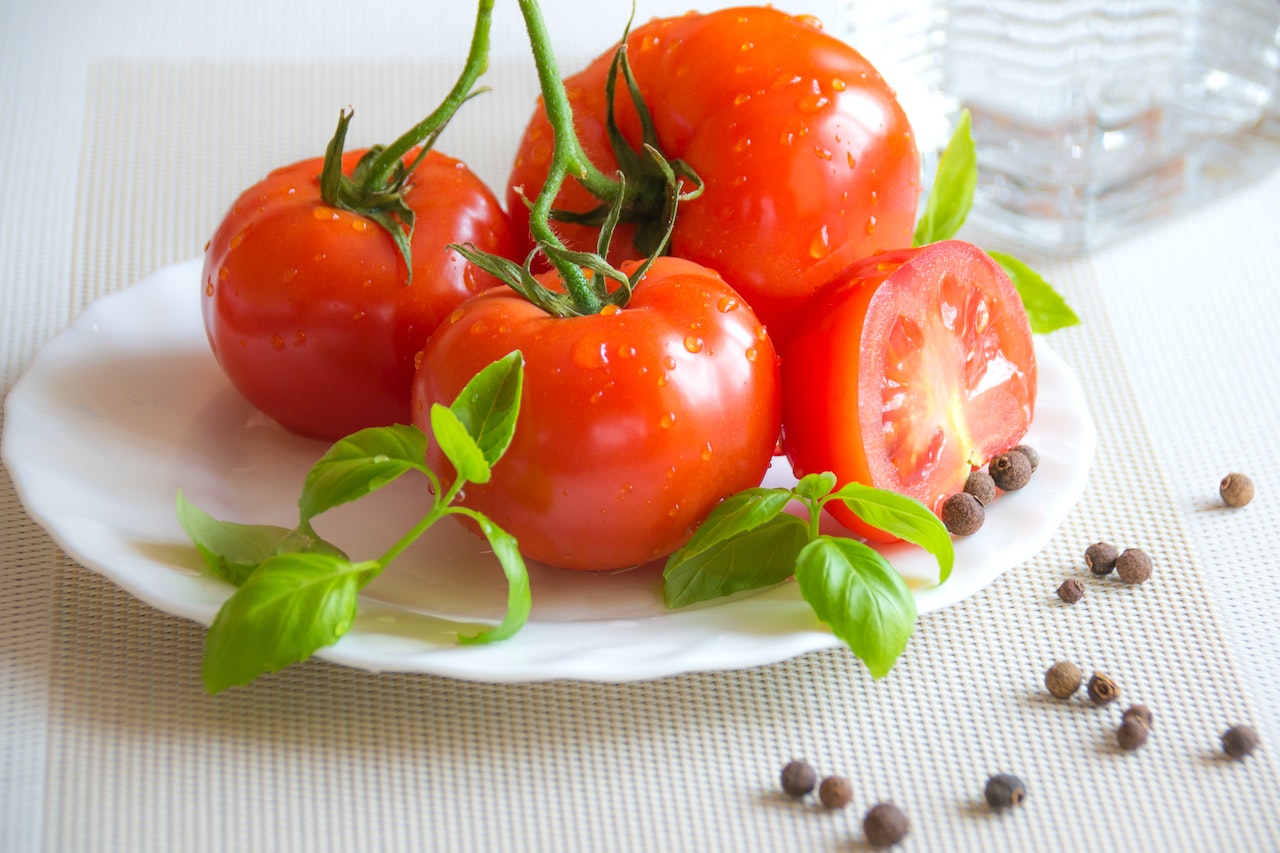
For many people, the tomato is the living gold of their vegetable gardens, allotments and balconies. Delicious, healthy and readily available. No wonder we eat it in huge quantities during the summer season. The prudent, however, try to preserve its taste and properties for the rest of the year through various kinds of preserves. Here are some tried-and-true and easy suggestions for tomato preserves.
Tomatoes, in addition to their unique taste, have many health-promoting properties that positively affect our body. That’s why they are so readily recommended by doctors as a natural and healthy supplementation of various ingredients and vitamins. These include oxalic acid, proteins, vegetable fats, fiber, vitamins A, C, E, K, zinc, phosphorus, fluorine, iodine, manganese, potassium, sodium, iron, magnesium and calcium, fiber, as well as lycopene, a powerful antioxidant that retains its properties even after heat treatment.
Ingredients:
Making
Wash the tomatoes thoroughly, get rid of the stalks and cut into cubes. Then blitz or run through a juicer or juicer. If using a blender, it will be necessary to pour the resulting juice through a sieve to get rid of seeds and skins. Then pour the liquid into a large pot, add lemon juice and add salt. Heat over low heat, being careful not to bring it to a boil. We pour the still hot juice into glass bottles. If we store it in the refrigerator, we can consume it for about a week. If we want to make supplies for the winter, after pouring it, it needs to be pasteurized. Optionally, we can put 2, 3 basil leaves into each bottle.
Ingredients:
Making
Wash tomatoes thoroughly, scald and peel. Remove stalks and cut into smaller pieces. Put into a pot and cook over low heat for a quarter of an hour, stirring from time to time. Strain the cooked mixture through a sieve, pour back into the pot, add salt and sugar and boil. Evaporate for 15-30 minutes, until the consistency is satisfactory. Pour the hot puree into scalded jars. We can add a few leaves of basil or parsley to each. Pasteurize the screw-top jars in a pot with water poured to ⅔ of their height over medium heat for about 10 minutes.
Ingredients:
Making
Wash the tomatoes thoroughly, cut into thin slices and salt. Mix thoroughly and set aside for about 8 hours in a cool and dark place. Before this time, prepare the marinade. Pour vinegar, water, oil and add sugar into a pot. Cook until the sugar dissolves. Mix the drained tomatoes with the onion sliced in feathers and put them into scalded jars, add a few mustard seeds and one allspice and bay leaf each. Pour the marinade over the tomatoes prepared in this way, and then cap. Pasteurize for about a quarter of an hour after the water boils.
main photo: pexels.com/PhotoMIX Company